Car won’t start, or keeps sputtering? You might think it’s the battery, but mechanics have fuel pumps high on their list when a car acts up. Most folks are shocked at how many driveability issues come back to a bad pump. Before they even lift the hood, pros are ticking through a mental list: is it cranking but not firing, stalling at random, or dying after warming up?
Lots of drivers waste money swapping parts they don’t need. Knowing the signs of a weak or dead fuel pump can save a pile of frustration—and cash. Mechanics rely on a few quick, practical checks. They listen for the telltale whir from the tank when you turn the key to ‘on.’ No buzz? Red flag. Strong smell of gas or sputtering at full throttle? That’s another giveaway.
- Why Mechanics Suspect the Fuel Pump
- Quick Checks and Classic Symptoms
- Hands-On Tests and Tools Used
- Smart Tips for Car Owners
Why Mechanics Suspect the Fuel Pump
When a car starts acting up—like stalling for no reason, struggling to start, or suddenly losing power—mechanics know there’s a good chance the fuel pump is either tired or failing. The basics: if the pump isn’t working right, your engine might not get the fuel it needs. This can cause no-start issues or rough running, even if the rest of the car is fine.
One big reason mechanics zero in on the pump is process of elimination. If spark and air are fine but the car won’t fire or run smooth, the fuel delivery system jumps to the top of the list. Modern cars use electronic fuel pumps, and these can quit out of nowhere. Old-school mechanical pumps tend to give a little warning, but electrical ones? They’ll strand you in a parking lot on a hot day, no warning.
Here’s what really sets off the alarm bells for a pro:
- The engine cranks but doesn’t start, especially when the weather’s hot.
- The car coughs, jerks, or loses power under hard acceleration.
- You hear weird whining or buzzing noises from under the car near the tank.
- The engine stalls out at random, like at stoplights, but starts right back up after a while.
One overlooked clue is poor fuel pressure, especially if everything else checks out. Most mechanics have seen fuel pumps fail on cars as young as five years old, especially if the tank’s been run low a lot (running on fumes heats up and kills pumps faster). So, when these classic symptoms show up, the first thing a good tech checks is the fuel pump circuit and fuel pressure. It’s quick, it’s targeted, and it saves a ton of guesswork.
Quick Checks and Classic Symptoms
If you’re worried about your fuel pump, you can knock out a few checks before even picking up a wrench. The first one’s a classic: put your key in the ignition and turn it to “on”—listen close. A healthy pump usually makes a humming sound from the back seat or fuel tank area. If it’s dead silent, that’s an easy warning sign something’s up. Some newer cars run quieter, but no sound at all is rarely a good thing.
Even if you hear the hum, that doesn’t always mean your pump’s fine. Mechanics check a few symptoms that almost scream fuel pump trouble. Here’s what to watch for:
- Fuel pump failure can cause the engine to crank but not start, especially after the car has been sitting for a while.
- Sputtering or jerking when you hit the gas hard, especially on the highway, means your pump could be starving the engine.
- A sudden loss of power going uphill or under load is a big clue. So is stalling at stoplights or while driving, with no warning.
- Some cars will buck or surge randomly before just dying completely.
- Poor fuel mileage or trouble starting after a short drive—heat can make a failing pump act up more often.
If you like numbers, check out this table on how often certain symptoms point to a bad fuel pump compared to other issues. These stats come from actual shop data for cars with fuel delivery complaints:
| Symptom | Fuel Pump to Blame (%) |
|---|---|
| Crank, No Start | 65 |
| Sputtering at High Speed | 40 |
| Stalling After Driving | 57 |
| Loss of Power Under Load | 62 |
| Poor Mileage | 20 |
You don’t need a scan tool to spot these problems. Most are about how your car feels and sounds. If a car stalls right after starting, especially when it’s hot outside, that’s a red flag mechanics recognize in seconds.
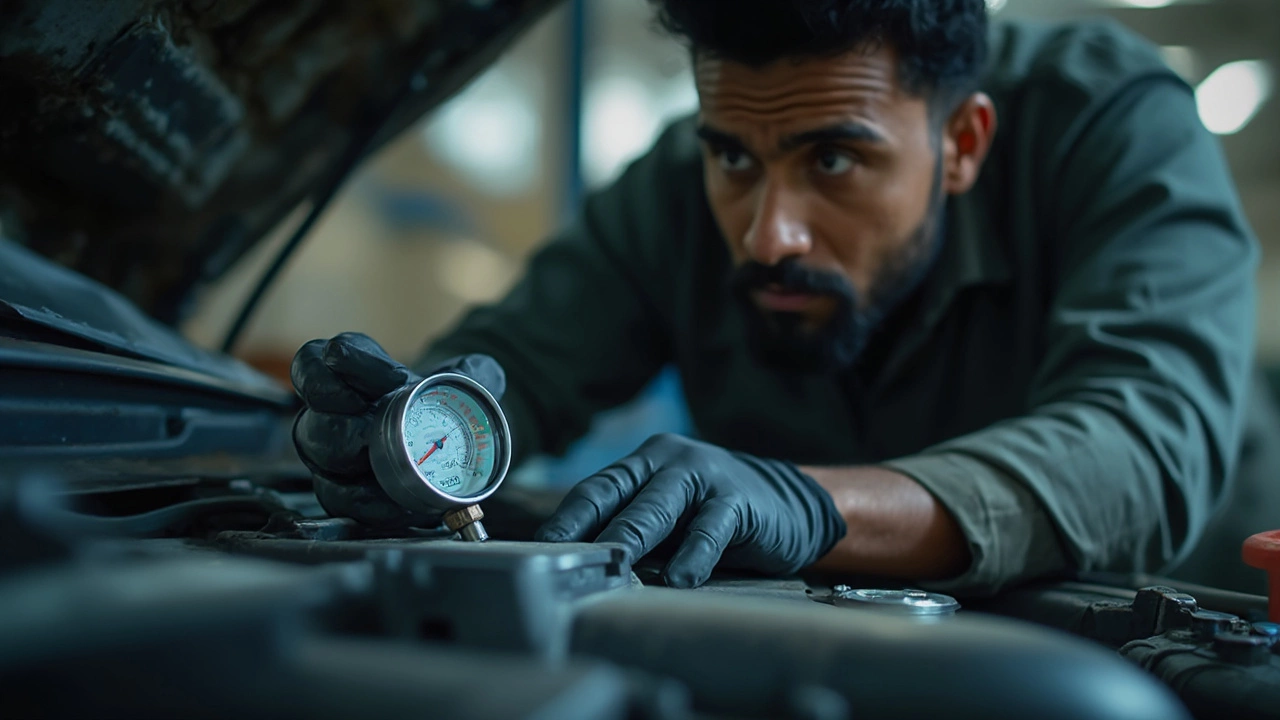
Hands-On Tests and Tools Used
This is where things get real. Once a mechanic suspects the fuel pump is toasted, they grab their tools and start running proper checks. No guessing games. You’ll usually see a fuel pressure gauge come out first. This little device tells you if your fuel pump is doing its job or just slacking off. On most cars, fuel pressure should hold steady at around 40–60 psi (pounds per square inch) when the engine’s running. Less than that, and it’s a clear sign something’s wrong.
Here’s a simple breakdown of what they do:
- Fuel Pressure Test: Mechanic hooks up a pressure gauge to the test port on the fuel rail, then turns the key. If the needle’s jumping or pressure’s too low, the pump or its filter might be bad.
- Volume Test: Sometimes it’s not just about pressure, but how much gas the pump actually moves. A mechanic disconnects the fuel line, runs the pump, and measures output. Most cars need at least 1 pint after 30 seconds.
- Electrical Tests: Even the best pump won’t work with no power. Multimeter in hand, they’ll check if voltage gets to the pump. Anything less than battery voltage means chasing wiring or relay issues.
- Sound Check: Not high-tech, but mechanics often listen for that steady pump noise. No buzz at all? That alone is often enough to finger the culprit.
Take a look at this quick data snapshot—these numbers tell it all:
| Test | Normal Range | What It Means |
|---|---|---|
| Fuel Pressure | 40–60 psi | Consistent = healthy pump; low = bad pump or clogged filter |
| Volume Output | > 1 pint/30 sec | Low volume means weak or dying pump |
| Voltage at Pump | 12V (battery voltage) | Low voltage = electrical issue, not pump |
One tip: if you want to try a DIY check, banging on the fuel tank while someone cranks the key can make a dead pump work for a second. It’s not a fix, just a trick to limp home or confirm the problem.
Smart Tips for Car Owners
Most folks panic the second their car refuses to start, but there’s a smarter way to handle potential fuel pump problems. Here’s how you can keep your cool, avoid spending too much at the shop, and spot real issues before they get worse. Don’t skip these steps—they might save you hundreds.
- fuel pump whine: Turn the key to ‘on’ (not all the way to crank) and listen. If you hear a soft, short hum from the back seat or near the fuel tank, that’s the pump priming. No sound at all? That’s a warning sign.
- Hard starts and stalling: Pay attention if your car cranks for more than a second or two before firing up, or if it randomly stalls out, especially on hot days. These are classic symptoms of a fading pump.
- Check your fuel filter: Believe it or not, a clogged filter can strain the pump and kill it early. A lot of people forget this part is even there. Swapping the filter at the schedule in the manual (usually every 30,000–40,000 miles) helps prevent headaches.
- Keep a quarter-tank of gas: Running low all the time can overheat the pump. It needs gas to cool itself, so topping off before you’re empty is more than just good sense—it keeps your pump alive.
Plenty of drivers confuse fuel pump problems with battery or starter trouble. Don’t do that. Here’s a quick side-by-side comparison to make it easier:
| Issue | Looks Like Fuel Pump? | Looks Like Battery? |
|---|---|---|
| Car cranks, no start | YES | NO |
| No cranking at all | NO | YES |
| Stalling after driving awhile | YES | NO |
If you find your car exhibiting pump problems, don’t rush out and replace it right away. Mechanics use proper tests like checking fuel pressure with a gauge. Some shops told AAA in 2022 that up to 30% of so-called ‘bad’ pumps just had electrical or fuse problems instead. Ask your mechanic to confirm with actual pressure readings before you sign off on a big repair.
Last tip—if you drive an older car, check your owner’s group or forums. Some models are notorious for fuel pump failures around certain mileage marks. Being proactive is better than waiting for a tow.
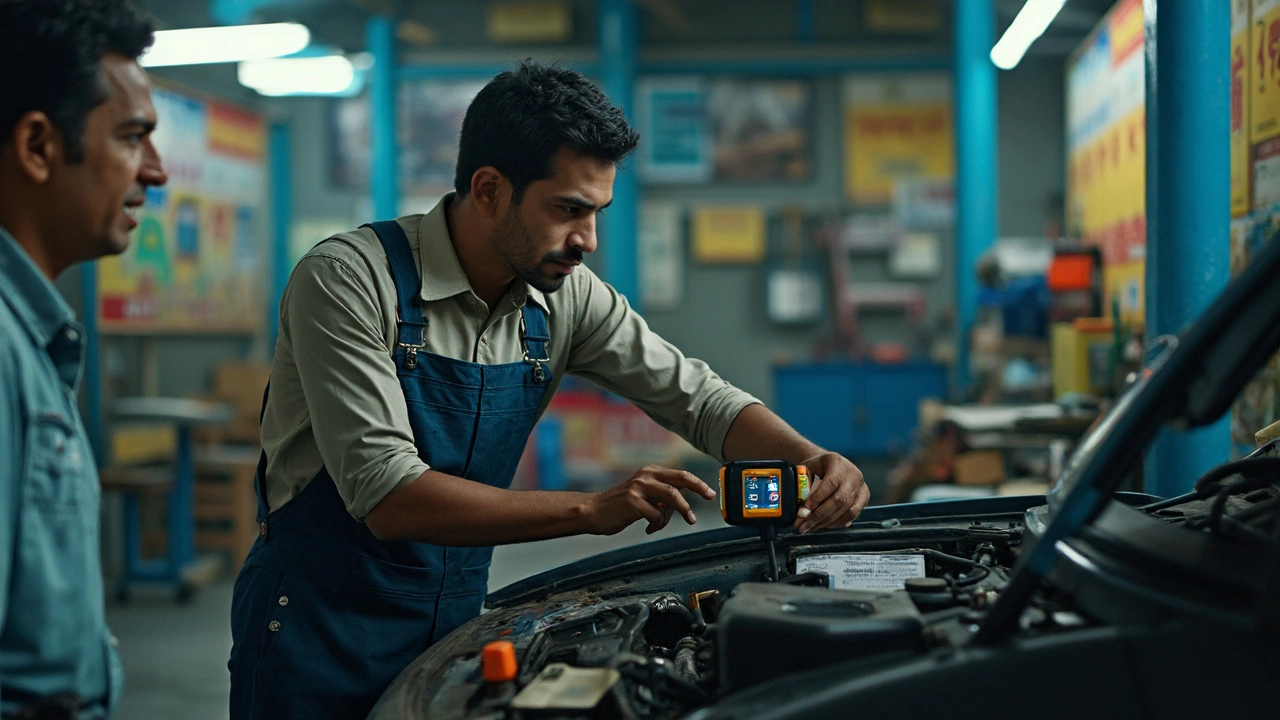
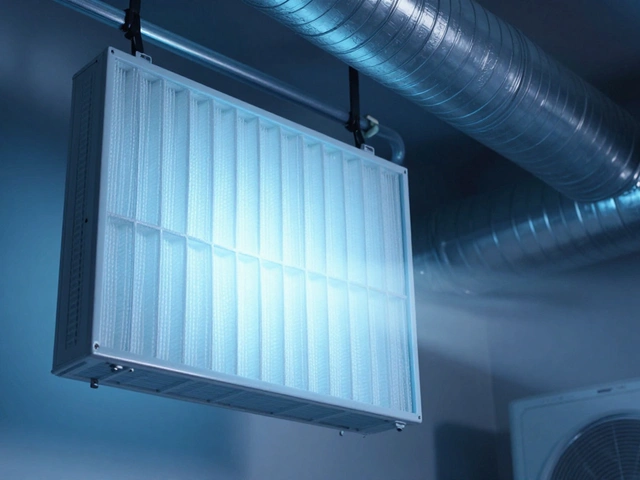
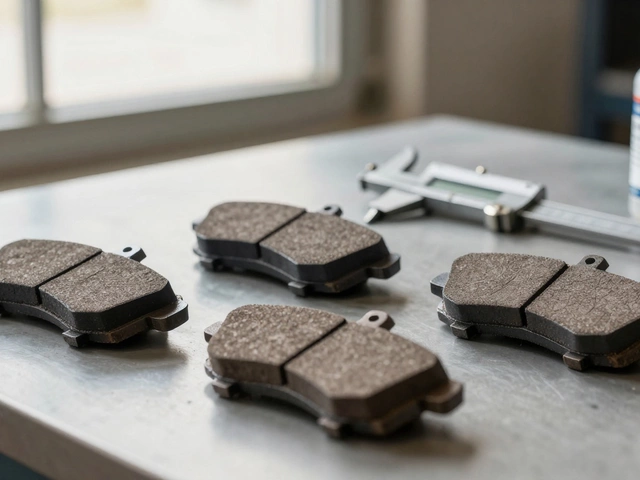

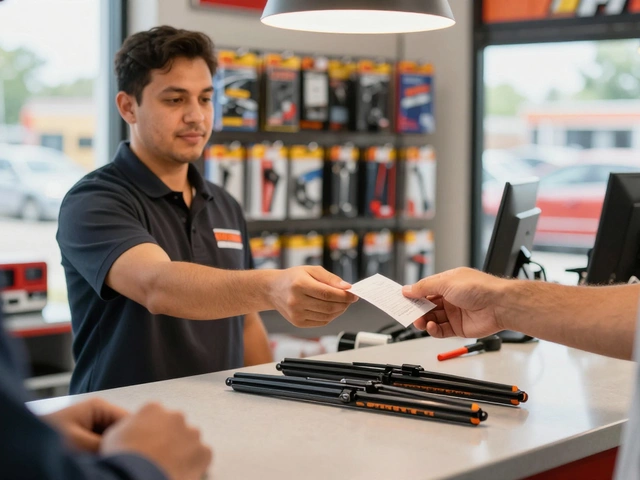

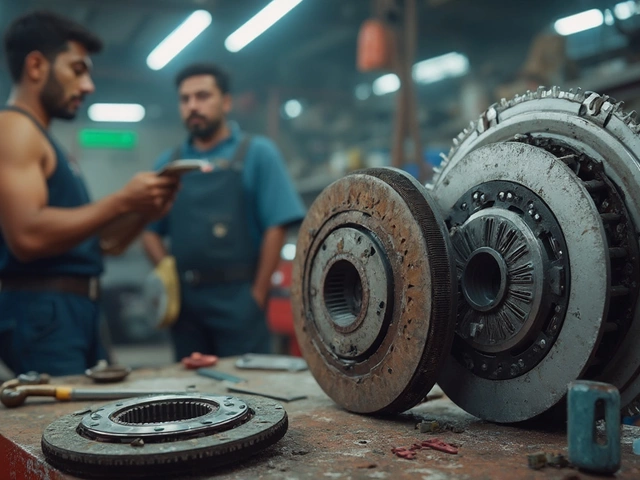




Write a comment